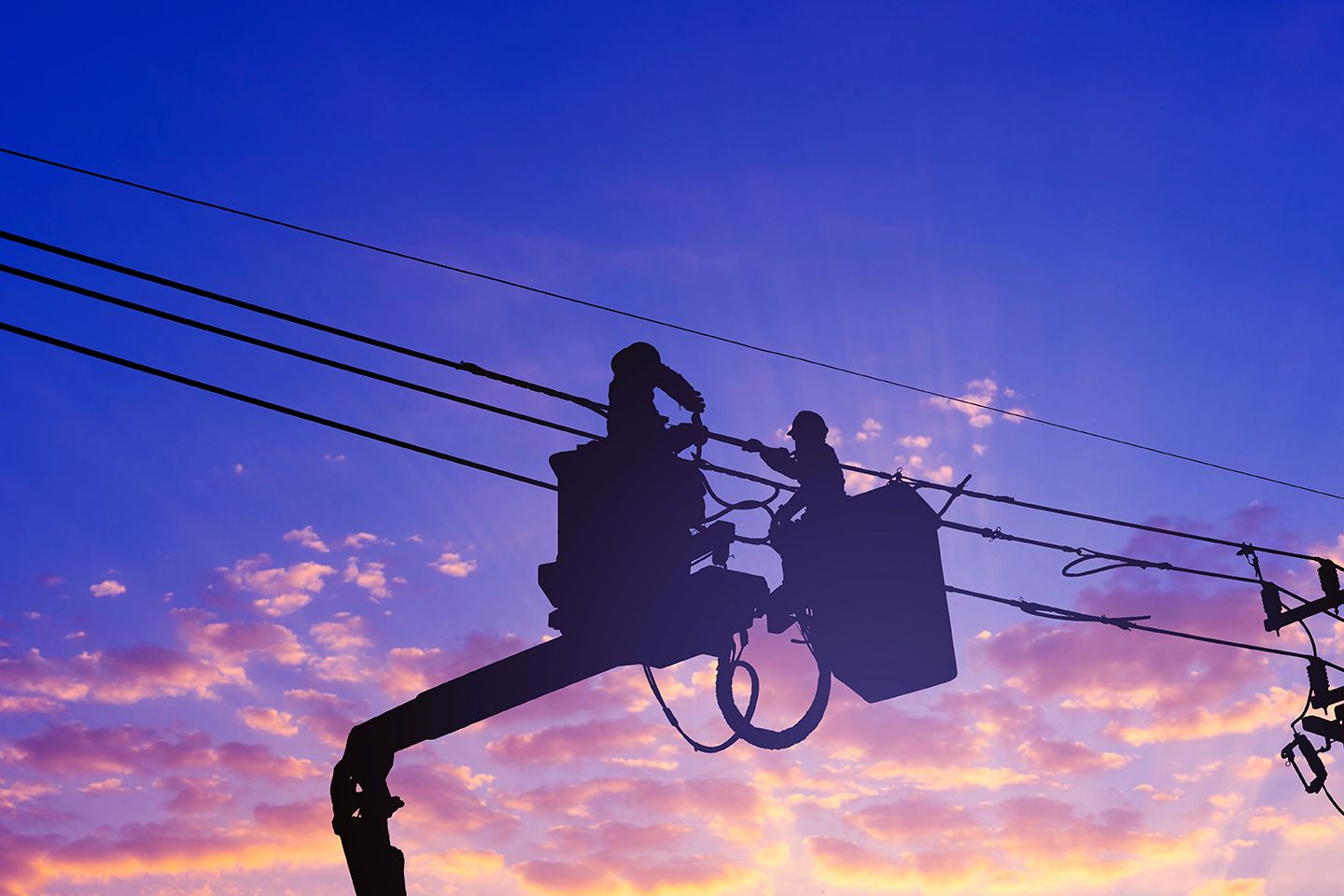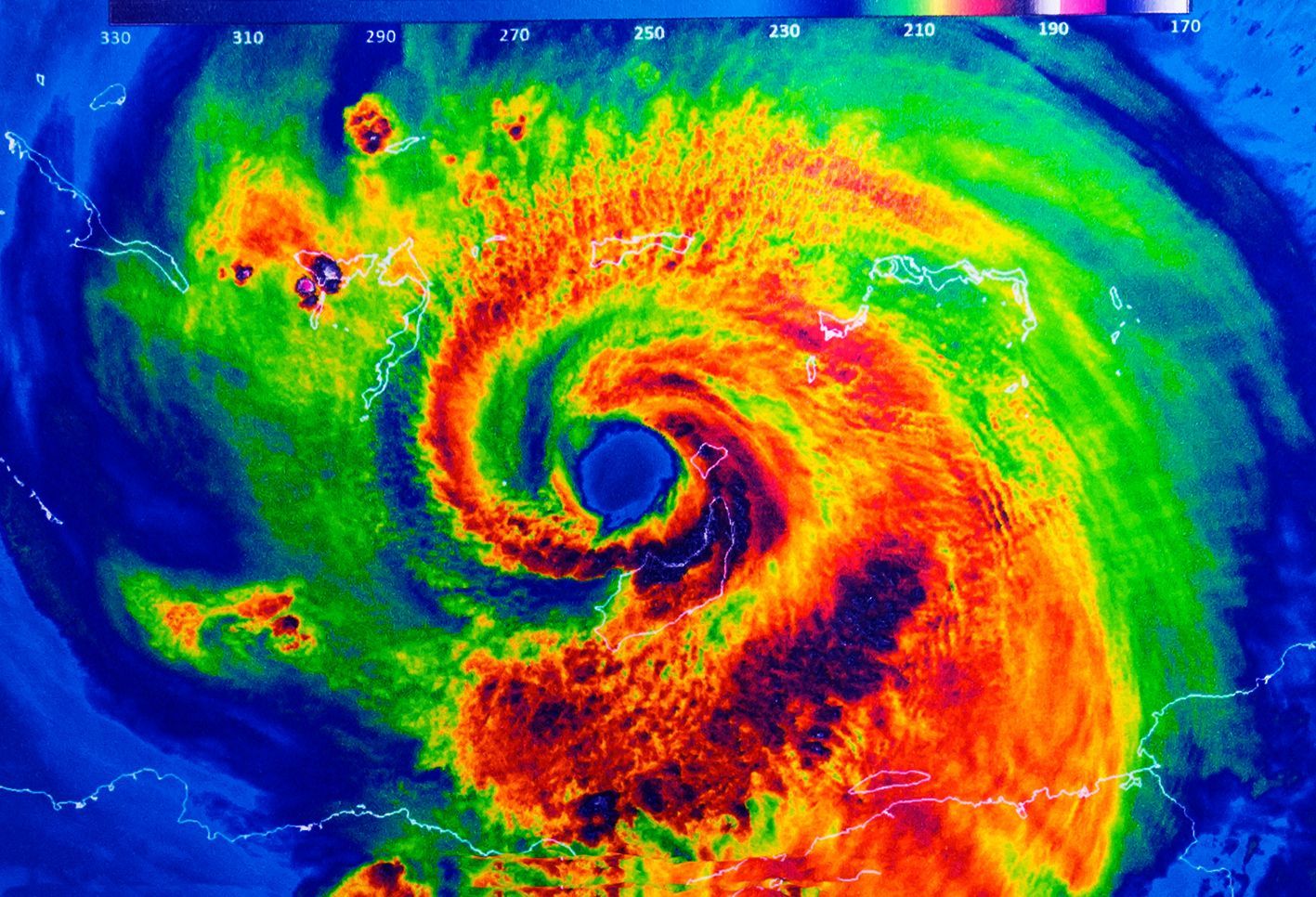TREND TWO:
OPTIMISING EXISTING INFRASTRUCTURE
Back in 2023, The Economist ran a cover story arguing that environmentalists should ‘hug pylons not trees’. The reason is simple, to decarbonise, the world needs to electrify, and this will require adding or refurbishing more than 80 million kilometres of grids by 2040, according to the IEA.
Building new pylons is not easy, as approvals and legal processes are lengthy, and local stakeholders are often hostile to new infrastructure in their neighbourhood. The UK’s latest pylon-building programme is already beset by legal challenges, while the American Clean Power Association reports that the average timeline for a transmission project to obtain necessary National Environmental Policy Act reviews is 6.5 years. Meanwhile, adding new hardware to existing lines is costly for utilities. As a result, a string of startups are attempting to take the edge off grid upgrade headaches by utilising the latest developments in sensing and predictive modelling to develop clever ways to squeeze more power out of existing infrastructure.
INNOVATION ONE:
An advanced warning system for power lines
In recent decades, power demands and extreme weather events have increased, placing growing strain on ageing energy infrastructure and grid resilience. And as more sites have connected to the grid, managing this infrastructure has become more complex, requiring fast and accurate fault detection for more rapid intervention and preventive actions. Enter Prisma Photonics.
Rather than requiring the installation of multiple physical sensors, Prisma Photonics has developed a solution that turns existing optical fibres into an advanced grid infrastructure monitoring system. The technology works with any type of fibre.
The company does this by connecting an optical Interrogator unit, which transmits optical pulses that travel down the fibre. A fraction of this light gets reflected back from each point in the fibre, and the Interrogator then measures this reflected light to determine the strain, temperature, pressure, and other factors across hundreds of kilometres of fibre. In essence, the fibre is turned into a continuous acoustic sensor that can sense every point across an asset.

Prisma’s system works in real time, processing information from the acoustic signatures into a machine learning algorithm that classifies the data.”

Prisma’s system works in real time, processing information from the acoustic signatures into a machine learning algorithm that classifies the data – ignoring irrelevant noise and interferences – to provide accurate alerts without false alarms. The system delivers accuracy to within metres of the problem, allowing companies to save valuable time and money in tracking down and fixing issues.
Following a successful partnership with the New York Power Authority (NYPA), Prisma recently also teamed up with non-profit power cooperative Great River Energy, which serves 1.7 million people across Minnesota and Wisconsin. As part of the multi-year project, Prisma is deploying its monitoring technology across approximately 90 miles of transmission lines in northern Minnesota to enable the real-time monitoring and notification of threats such as wildfires, ice, wind, and fallen lines.
INNOVATION DATA:
Country: Israel, US
Development stage: Scaling
Funding stage: Growth (C-E)
Website: prismaphotonics.com
Contact: prismaphotonics.com/contact
TAKEAWAYS:
- Prisma Photonics’s solution turns existing optical fibres into an advanced grid infrastructure monitoring system
- A machine learning algorithm analyses the collected data to identify and pinpoint maintenance issues
- Through a partnership with Great River Energy, the technology will be deployed across approximately 90 miles of transmission lines in northern Minnesota
INNOVATION TWO:
Predictive modelling for critical power infrastructure
Increasingly extreme weather is posing a growing risk to the world’s power lines and electricity supply. From wildfires and high winds to heavy snow, severe weather events have been responsible for the vast majority of power outages in recent decades – around 80 per cent in countries like the US. Now, one Australian startup wants to help.
According to Neara, existing network governance is around 80 per cent reactive and 20 per cent proactive, meaning utility companies are rarely prepared for worst-case scenarios, leading to more operational damage and expense when something does go wrong and extreme weather hits. Instead, Neara prioritises proactivity, helping utility operators and energy providers take control of their assets with its predictive modelling software.
Using Geographic Information System (GIS) data, Neara’s platform generates a 3D digital twin of a customer’s assets, enabling them to visualise, understand, and optimise their asset health without requiring time-consuming, expensive, and potential dangerous in-person site visits.
With the technology, which is powered by AI and machine learning, users can generate automatic network surveys, as well as simulate different scenarios based on new network designs and changing weather, down to the specific asset level.

Existing network governance is around 80 per cent reactive and 20 per cent proactive, meaning utility companies are rarely prepared for worst-case scenarios”

This way, utility companies can better understand where specific risks lie and how an extreme weather event could impact their network, helping them make the case for improvements or upgrades that could save downtime and money in damages in the long term. Plus, the platform can be used to visualise and test new designs and configurations, de-risking and optimising grid expansions before they’re implemented.
The simulation software also helps companies respond faster and more efficiently during an extreme weather event. For instance, it accurately monitors flooding and water levels, enabling companies to turn power back on more quickly and safely, without needing to conduct lengthy manual surveys. This helps to save providers money and manpower, as well as limit disruption to customers.
In October 2024, Neara raised $31 million in a series C funding round led by EQT. The capital is helping the startup continue its global expansion across the US, the UK, Europe, and the Asia-Pacific region.
INNOVATION DATA:
Country: Australia
Development stage: Scaling
Funding stage: Growth (C-E)
Website: neara.com
Contact: info@neara.com
TAKEAWAYS:
- Neara’s platform generates a 3D digital twin of utilities’ assets
- This enables organisations to better understand where specific risks lie and how an extreme weather event could impact their network
- The data helps to make the case for improvements or upgrades that could save downtime and damages in the long term
INNOVATION THREE:
Optimising power lines with AI weather models
Energy grids across the globe are becoming more and more complex, with new demand connections (like energy-intensive data centres) and generators (like solar and wind farms) being introduced every year. At the same time, existing power lines aren’t reaching their full potential, with factors like changing weather impacting how much electricity can flow through. Gridraven wants to change that.
The Estonia-based startup wants to boost power line capacity and make the most of the existing grid, without the need for expensive and time-intensive hardware upgrades or additions. To do this, Gridraven has created an AI-powered software that analyses and accurately predicts weather and grid conditions, enabling utility operators to optimise power flows.
According to Gridraven, because cold and windy weather help to combat cable overheating, these conditions can help power lines carry up to twice as much power. However, existing weather forecasts don’t give utility companies an accurate, localised idea of conditions on specific parts of the power lines, meaning they can’t take advantage of this favourable weather.
By contrast, Gridraven’s software-only Dynamic Line Ratings harness the startup’s proprietary machine learning models to process airborne LiDAR and satellite data, providing hyper-accurate weather forecasts for specific areas close to the ground, regardless of the terrain. The technology is able to predict these Ratings up to 72 hours in advance, and up to 10 days in advance when it comes to solar radiation and ambient temperature data.
Gridraven has been trialling its technology with Elering, Estonia’s national grid, and results are extremely promising. According to the company, its average forecast accuracy was 60 per cent greater than existing systems. Crucially, between September and November 2024, Gridraven’s forecasted line capacity was a third higher than past approaches were able to achieve. That means more energy would be able to flow through existing infrastructure – no upgrades required.
In February 2025, the company announced it had completed a €4 million funding round, which included support from VC firms 42CAP and Icebreaker.vc. Gridraven is using the recent financing to accelerate its expansion into the US – Texas, in particular – enabling the company to scale operations, expand its team, and speed up product deployment.

Because cold and windy weather help to combat cable overheating, these conditions can help power lines carry up to twice as much power.”
INNOVATION DATA:
Country: Estonia
Development stage: Scaling
Website: gridraven.com
Contact: hello@gridraven.com
For data on more clean energy innovations, search the Springwise Library.
TAKEAWAYS:
- Gridraven processes airborne LiDAR and satellite data to provide hyper-accurate weather forecasts for specific areas close to the ground
- These accurate and granular forecasts enable utilities to take advantage of favourable weather conditions to boost grid capacity
- In a trial with Elering, Estonia’s national grid, Gridraven’s average forecast accuracy was 60 per cent greater than existing systems